jeezuz.
me gusta,
didnt notice the link attached until just now lol.
me gusta,
didnt notice the link attached until just now lol.
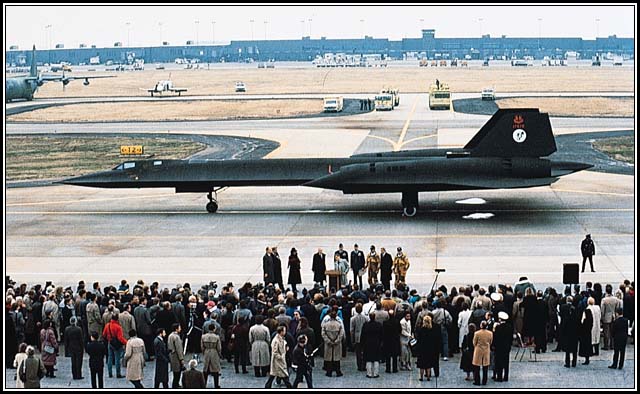
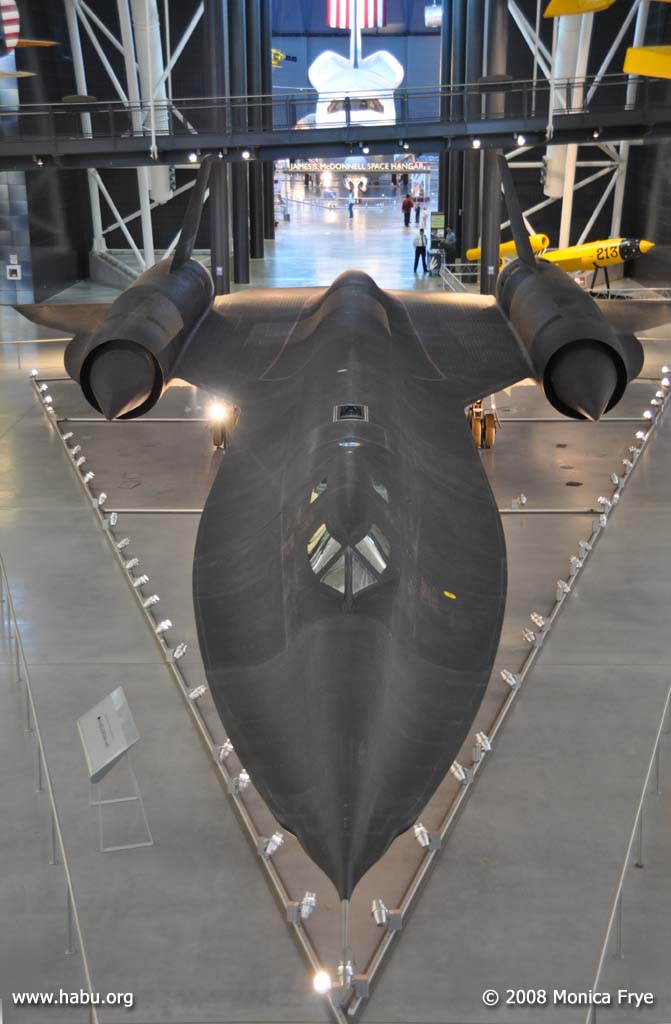
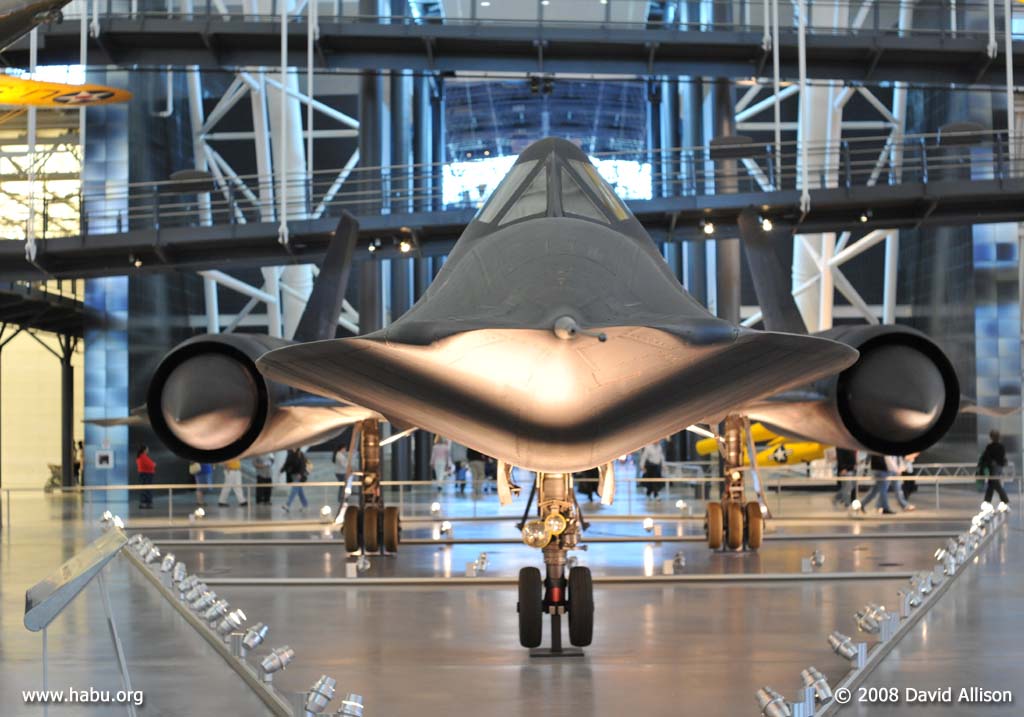
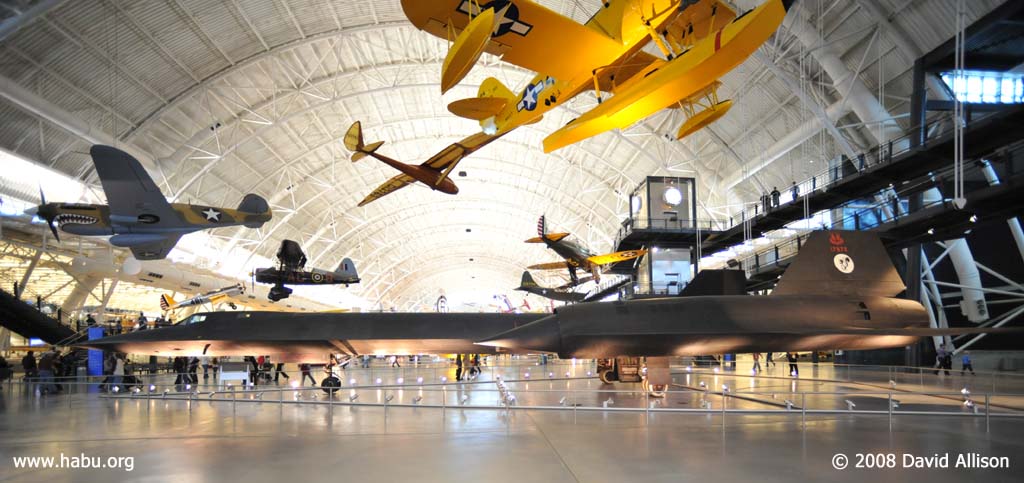
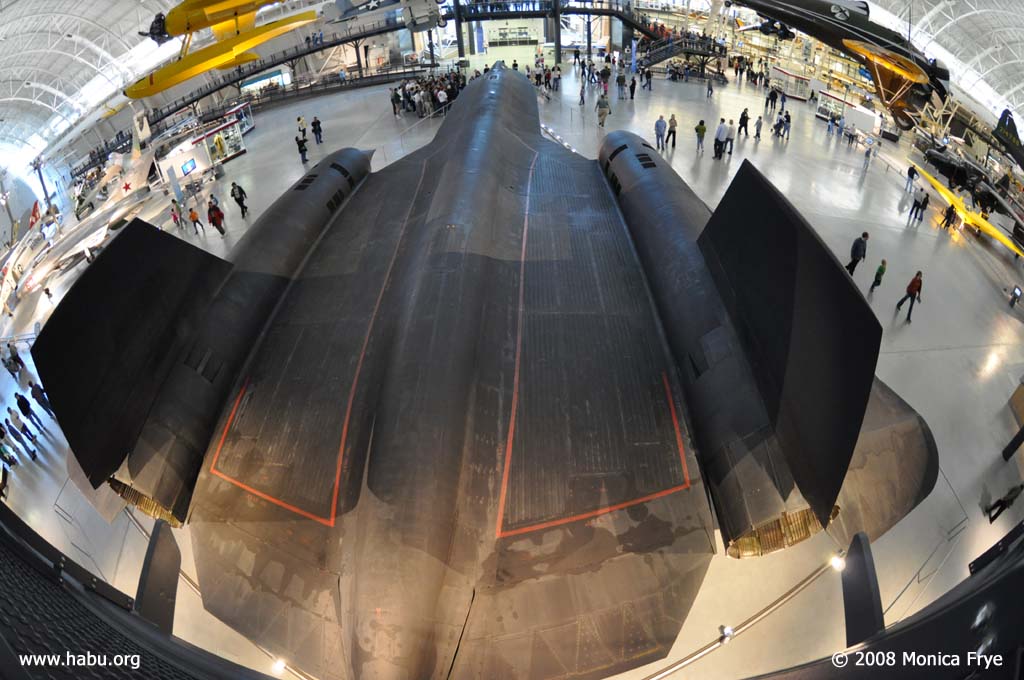
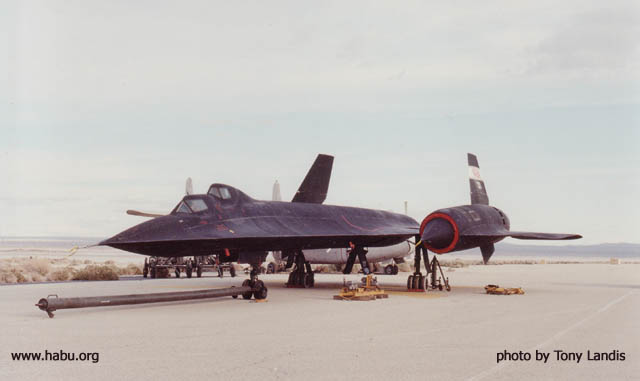
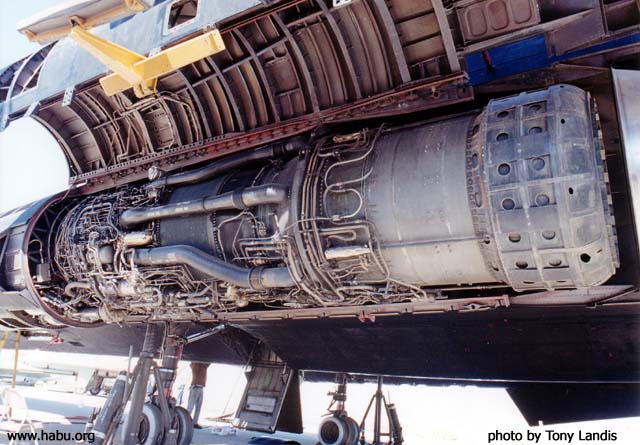
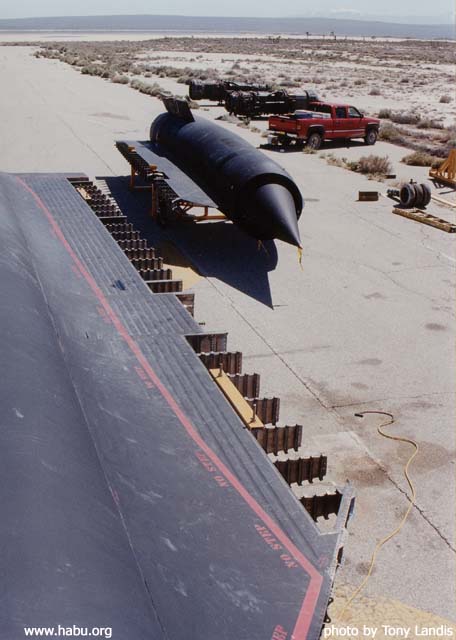
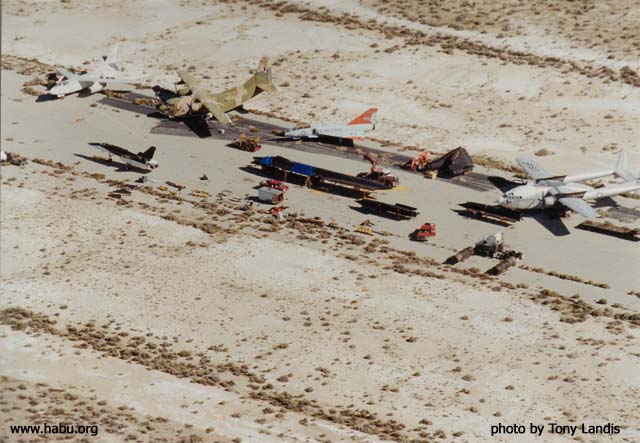

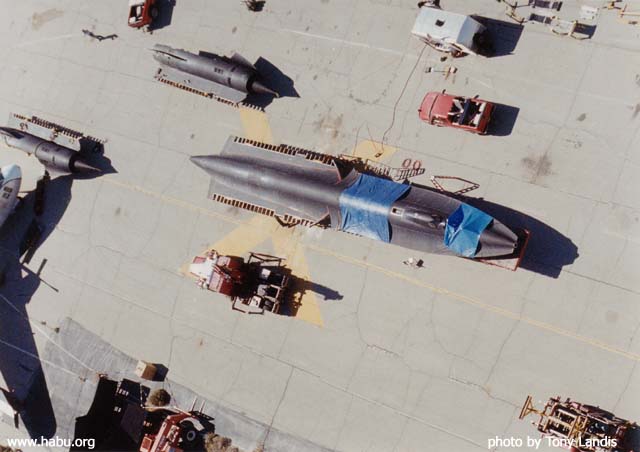
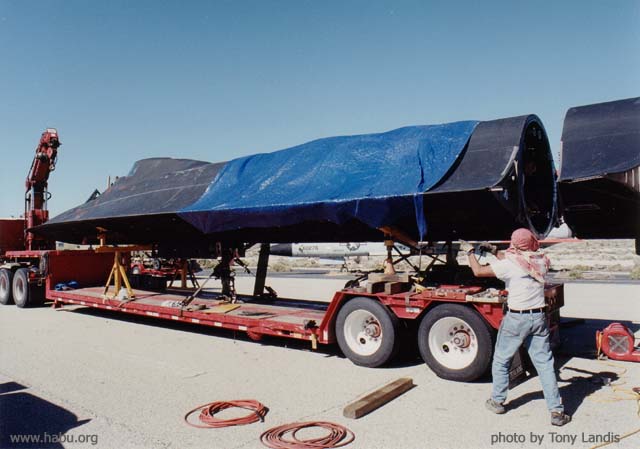

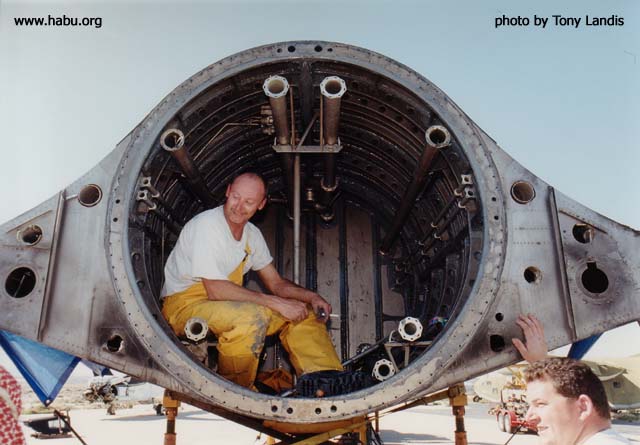





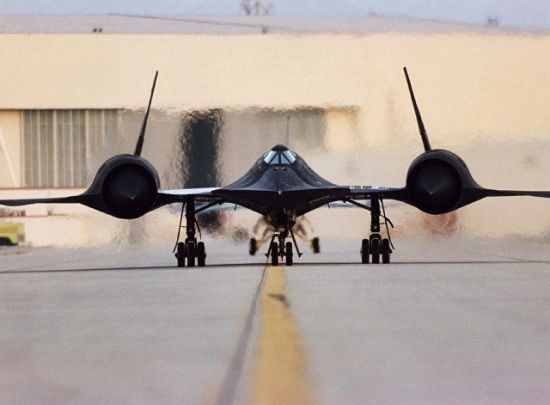
 He has a photo gallery in Marysville Ca. I was there on Sunday, but he wasn't. Check out www.sleddriver.com. By the way, Walt Watson was the only black aviator to fly in the SR71.
He has a photo gallery in Marysville Ca. I was there on Sunday, but he wasn't. Check out www.sleddriver.com. By the way, Walt Watson was the only black aviator to fly in the SR71. 
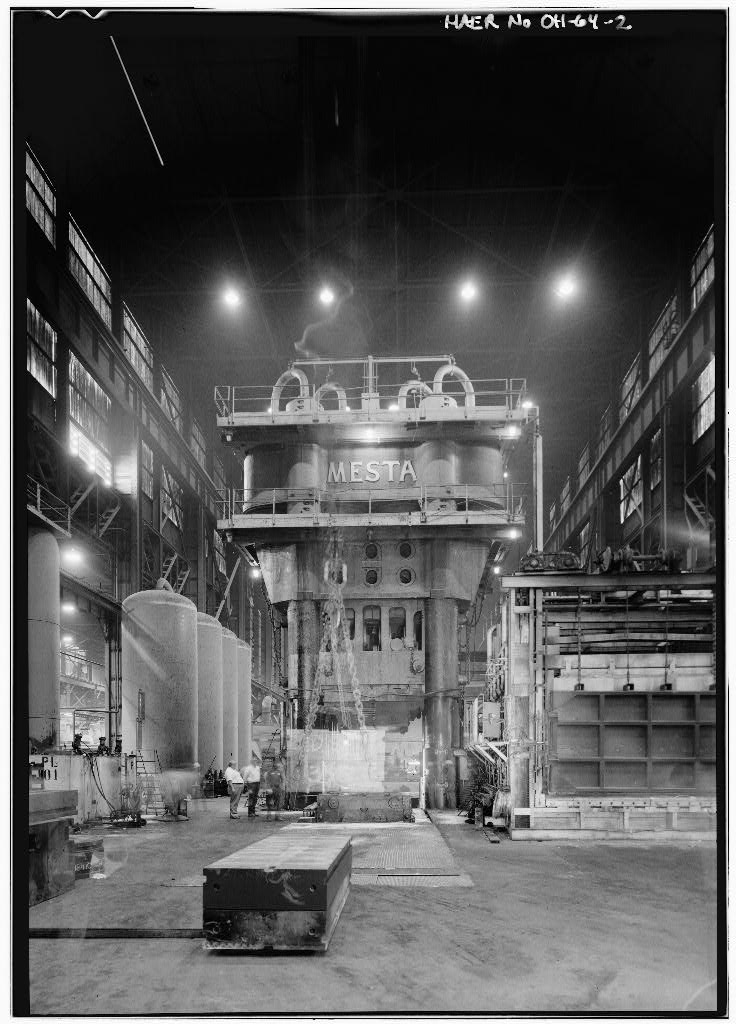









 ) Here is the link to the main page: http://www.blackbirds.net/sr71/sr_re...ion/react.html
) Here is the link to the main page: http://www.blackbirds.net/sr71/sr_re...ion/react.html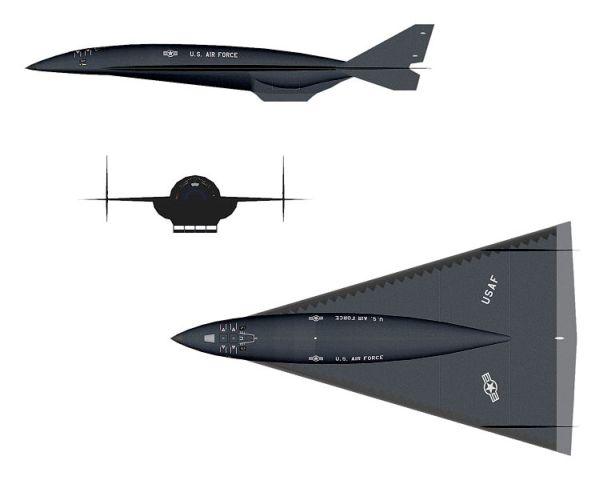

Comment